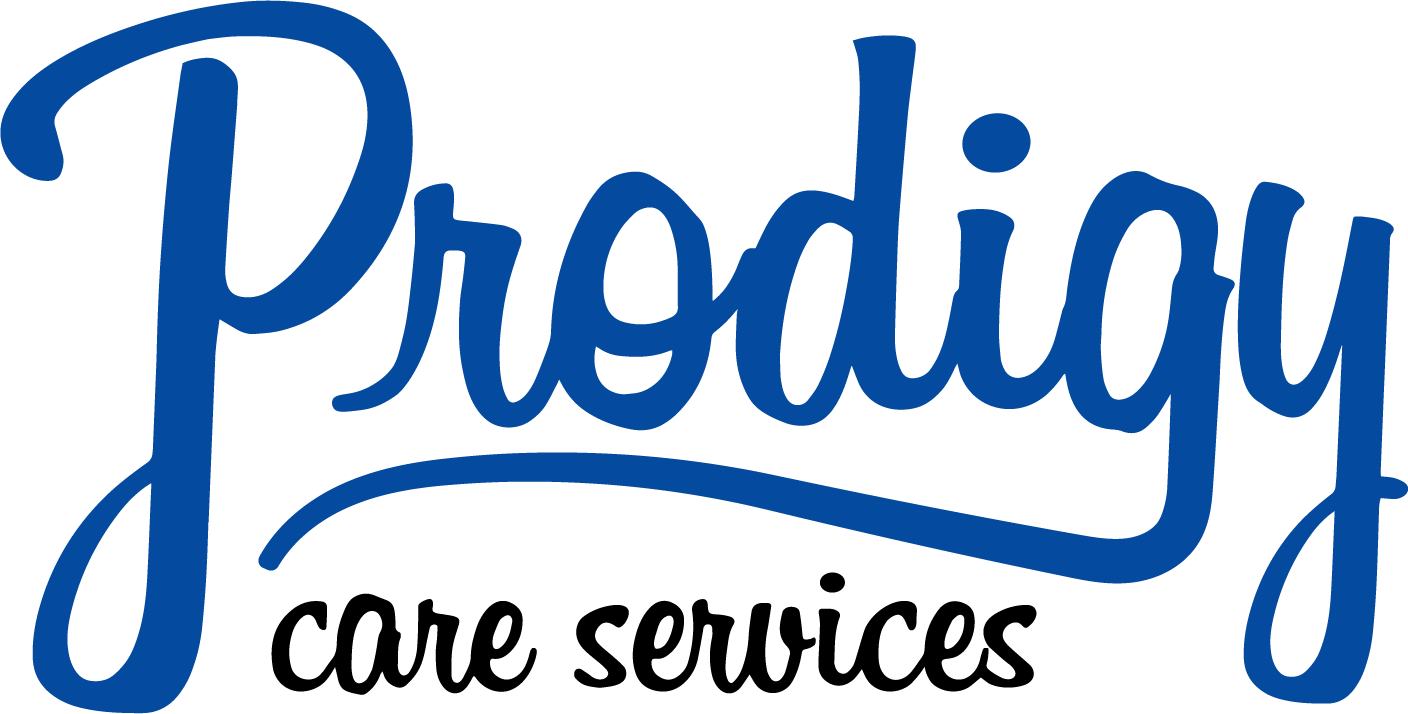Are GLP-1s the Canaries in the Coal Mine for Workers’ Comp?
How Ozempic, Wegovy and Mounjaro Quietly Became a Warning Shot to the Industry
Over two years ago, we took the stage at a regional conference with a bold prediction: GLP-1s—yes, Ozempic, Wegovy, and Mounjaro—would soon become an unavoidable issue for workers’ compensation payers.
Cue the side-eyes, raised eyebrows, and an audible "That's a stretch." At the time, most of the room was squarely focused on opioids, musculoskeletal care, and return-to-work timelines. GLP-1s? That was a conversation for diabetes or obesity clinics, not the world of workers’ comp.
And yet—here we are.
The Risk Signals Were Loud and Clear
Back then, our prediction wasn’t based on hype—it was grounded in pattern recognition. We saw the growing prevalence of comorbidities like overweight and obesity in injured worker populations. We studied the research linking GLP-1s to potential addiction management. And we anticipated that their FDA-approved use for diabetes and obesity would be just the beginning.
GLP-1s weren’t just about weight loss. They were on a trajectory to become chronic care tools—managing metabolic disease, treating conditions with psychosocial overlays, and even popping up in long-tail claims where weight management affects recovery timelines.
What the Claims Data Says Now
Fast forward to today: In our own claims experience, requests for GLP-1 authorizations have more than doubled since that presentation—and quadrupled in some areas.
Even more striking? Nearly 40% of these requests are getting approved.
This isn't just noise. It’s a signal—a loud one—about how specialty drugs are infiltrating the workers' comp ecosystem. So, what are these GLP-1s really telling us?
Red Flags: Why GLP-1s Are a Warning Shot
High-Cost Drugs in Low-Prepared Systems
GLP-1s run $900 to $1,300 per month. Multiply that by months (or years) of use, and you’ve got serious financial exposure—especially for programs not designed to handle chronic drug therapy. Workers' comp has historically been built for acute treatment, not for long-term metabolic or behavioral conditions.The Indication Creep is Real
What starts as a diabetes or weight-loss prescription soon expands. Injured workers with depression, chronic pain, sleep apnea, or delayed recovery—all potentially tied to weight or metabolic dysfunction—suddenly become eligible. We’re not far from GLP-1s becoming routine in complex claims.Lack of Guardrails
With limited utilization protocols and no centralized specialty oversight, approvals are happening in silos. Without rigorous criteria, clinical coordination, or financial alignment, payers are stuck playing defense—footing bills for medications without fully understanding long-term outcomes or alternatives.
A Time for Action: Why Payers Must Re-Think Specialty Drug Oversight
GLP-1s aren’t just an isolated flare-up—they're the vanguard of a new specialty drug era in workers' comp. And the current infrastructure isn’t ready.
Enter Specialty Nexus—a purpose-built solution designed to help payers gain control before costs spiral and trends become norms.
Three Ways Specialty Networks Like Specialty Nexus Mitigate the Risk
Centralized Oversight & Clinical Review
Specialty Nexus offers coordinated decision-making, ensuring GLP-1s (and other specialty drugs) are only approved when clinically necessary and aligned with evidence-based outcomes.Cost Management Without Compromising Care
Through smart contracting and real-time visibility, payers get financial predictability while injured workers receive the right therapies—no more, no less.Trend Tracking & Risk Signals in Real Time
Specialty Nexus isn't just reactive—it’s proactive. By analyzing requests and patterns across populations, it flags emerging therapies like GLP-1s before they hit the tipping point.
Bottom Line: Don’t Wait for the Next GLP-1 to Hit Your Desk
GLP-1s aren’t an anomaly. They’re a case study in how specialty drugs are silently reshaping the financial and clinical landscape of workers’ comp. And if history tells us anything, the next wave isn’t a matter of if—but when.
Now is the time to act—not when the costs are already baked in.
It’s time to listen to the warning shot.
It’s time to call in the specialists at Prodigy.
By Prodigy PharmDs
E-mail: pharmd@prodigyrx.com


